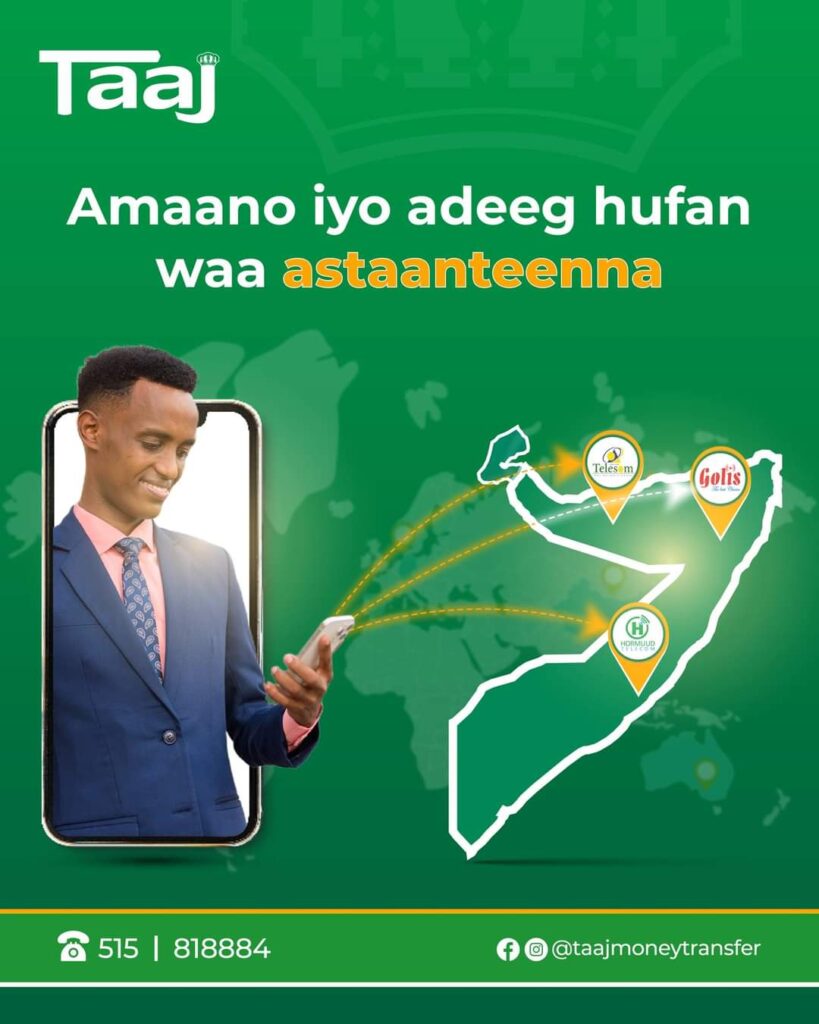
10″ Aug-2024″ Migrant workers sent $650bn overseas last year – what it means
People living abroad are sending more money to their families at home, but what types of money transfer services are available and how do they work?
Remittances have grown substantially over the past two decades, rising from about $128bn in 2000 to $831bn in 2022, according to the World Bank.
In June, the World Bank reported that remittances to low and middle income countries alone reached an estimated $656bn last year and surpassed foreign direct investment, which are investments made by companies in a foreign country, and development aid made by other countries
These remittances to low and middle income countries are expected to grow at a rate of 2.3 percent in 2024, the World Bank added.
Where is money being sent from and to where?
Many of the remittances to low and middle income countries originate from the United States, Western European countries and countries that are a part of the Gulf Cooperation Council like Saudi Arabia, Qatar and the United Arab Emirates.
In 2023, the US remained the largest source of remittances, according to the World Bank. The bank noted that strong labour markets in the US have made it a primary destination for migrants, leading to more remittances from the country. The Gulf is also a major hub for migrants, but in 2023, the World Bank noted that weaker oil prices impacted outward remittances.

Remittance outflows to East Asia and the Pacific, excluding China, grew last year to $85bn. China alone received $50bn while remittances to South Asia grew by 5.2 percent to $186bn. India was the biggest recipient of remittances at $125bn. Strong labour markets in the US are one of the main reasons for the rise in outflows
Remittances to the Middle East and North Africa fell to $55bn, and sub-Saharan African and Latin American nations also saw declines, receiving $54bn and $156bn respectively. Remittances to Europe and Central Asia also fell by 10.3 percent to $71bn. Weaker oil prices in the Gulf and conflicts in these regions influenced remittances, according to the World Bank
How are remittances sent?
Migrants send remittances by cash, cheques, money orders, credit and debit cards, or money transfer platforms accessed through their phones or the internet. Common platforms used to send money are traditional banks, financial services like Western Union or MoneyGram, or fintech applications such as PayPal, and Remitly.
The Sustainable Development Goals drawn up by the United Nations call on countries to reduce remittance transaction costs to less than 3 percent of the amount being transferred. According to the World Bank, as of the fourth quarter of 2023, remittance costs remained high, costing 6.4 percent on average to send $200.
Meanwhile, due to technological advancements, money transfers carried out digitally had a lower cost壯陽藥 of 5 percent, compared with 7 percent for nondigital methods, the World Bank said
The platform I [use to] send money to my relatives in Mexico is Western Union, … and I pay a small fee every time I send money. It is a very fast service, and my family gets the money within 24 hours. They can also pick up cash at a Bancoppel bank, which has a partnership with Western Union,” Tejeda told Al Jazeera
How do remittances work in conflict zones or in cases of natural disasters?
After the Taliban regained control of Afghanistan in 2021, the country was cut off from global international financial institutions due to international sanctions. Western Union and Moneygram also temporarily halted services. According to the IOM, during 2021, informal channels like the hawala system were used to send remittances.
During conflicts or in the case of natural disasters, it is often difficult to send and receive remittances, but people usually find a way, even if it is by informal means, in which case it won’t be registered in official remittance statistics, according to Frouws
The IOM said that even before the Taliban’s takeover, the hawala system dominated in Afghanistan with an estimated 90 percent of financial transactions made through the system and more than 900 providers operating across the country.
While the legality of the hawala system in Afghanistan remains unclear, people still trust the system to send money, According to Dante Disparte, chief strategy officer and head of global policy at Circle, such innovations can reduce the cost of cross-border payments for customers.
“USD coins ensure transaction costs are well within the UN’s 3 percent target. The UN itself used USD coins to deliver relief to Ukrainian refugees within the 3 percent target,” he noted
